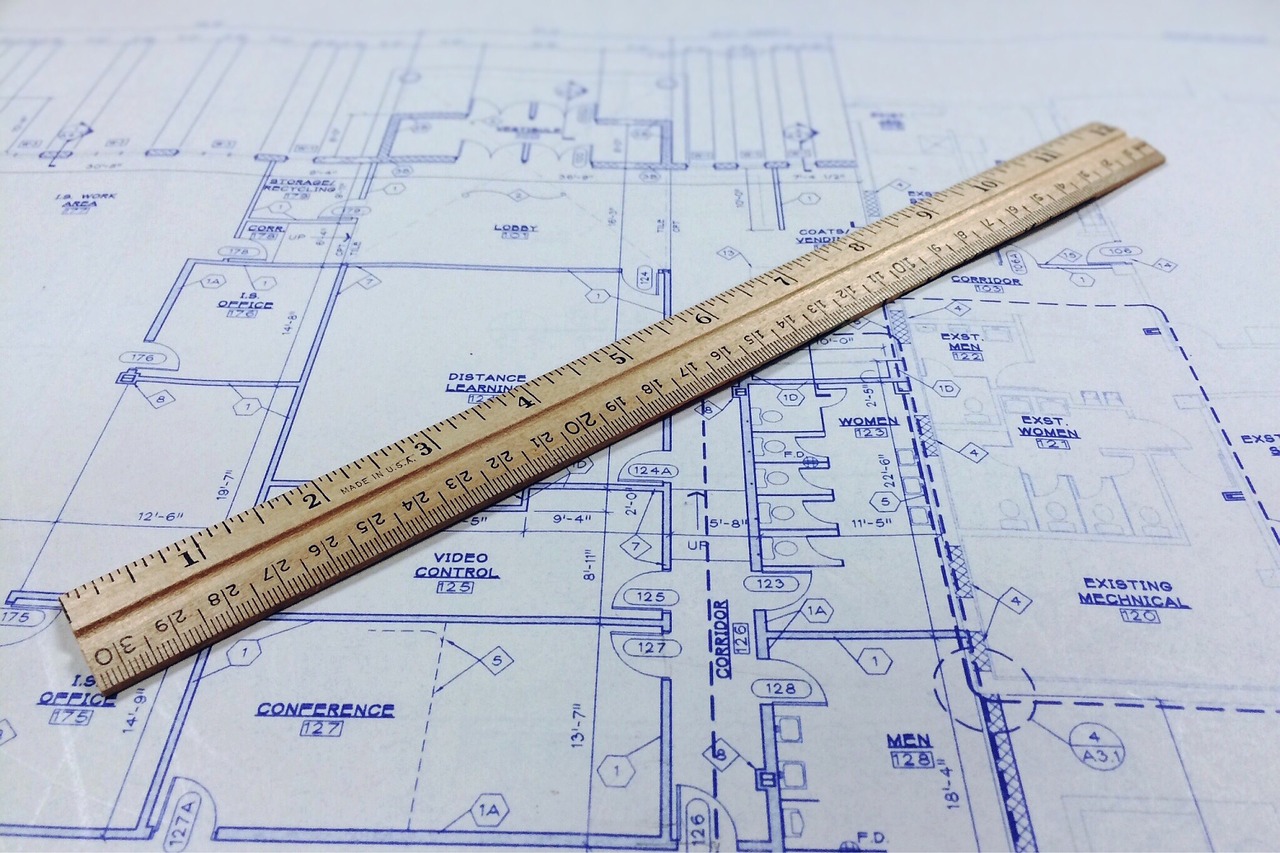Continuous process improvement

Those of us who are old enough will remember the 1950s, when “Japanese import” meant balsa wood trinkets. Several decades later, the first Japanese cars started appearing in the US. They were widely derided as cheap looking, rust-prone tin cans, at first.
No longer. In recent years, Japanese cars have led the world in reliability and other important design features. I purchased a VCR player near the turn of the century. It had—permanently glued to its face—a simple message: “The Quality of Japanese Engineering”.
Made in Japan had transitioned from a joke to a hallmark of excellence.
Many observers credit Japan’s adoption of continuous process improvement for its amazing progress. Continuous process improvement is one of my favorite ideas. It sounds boring, but it has the most profound implications for society. The concept was pioneered by W. Edwards Deming, an American engineer, statistician, management consultant, and thinker. His ideas were largely ignored in his home country, but later wholeheartedly embraced in Japan.
Once the power of his ideas was recognized, Deming was feted as a hero in Japan. He received numerous awards, and had “rock star” status. Today, Japan awards a highly coveted, “Deming Prize” for organizational excellence.
According to the Deming Institute, Deming’s message has 14 key points:
(https://www.deming.org/theman/theories/fourteenpoints)
In my view, the essence of the concept boils down to this:
1. Measure everything important, as part of the production process.
2. Treat people with respect and dignity.
3. Identify areas where performance or results aren’t up to desired levels.
4. Welcome all proposed ideas for improvement.
5. Try something new, and test its effectiveness.
6. Adopt changes that provably result in improvements.
7. Repeat.
It sounds simple enough, but like many such ideas there is tremendous detail and subtlety in the implementation (far beyond my own understanding). The key takeaway is this: don’t strive for immediate perfection. Create something that’s a decent first start, then relentlessly make it better.
This concept has now been adopted in startups around the world as part of the AGILE development process. There, developers are encouraged to identify, design and build the Minimum Viable Product (MVP). Once that’s accomplished, they are then encouraged to continually refine and improve.
Toyota’s motto, “The relentless pursuit of perfection” aptly summarizes the philosophy. Note the word “pursuit”. It’s a pursuit; not an attainment. Like a mathematical limit, perfection may be seen in the distance (however fuzzily), but there is the awareness that perfection is only a dream.
Those who believe that they can design perfect societies seem to always wind up with totalitarian systems, wherein the inherent limitations of the designer’s understanding show up in actual life as unending human misery. We will avoid this by, first recognizing that perfection is a dream, not an attainment, and second, that there are no perfect people or ideas for society. We will have an unending series of experiments, many of which will yield permanent improvements. Those will be celebrated!
It’s ironic that Deming’s ideas had to travel thousands of miles abroad before, decades later, returning to their shores of origin. However, I am reminded of the adage that Ellis West, the head of Wilson, West & Associates (one of my earliest employers) was fond of saying: “An expert is someone hundreds of miles from home.”
Applying this concept to a Celebration Society, I see several important understandings:
1. We won’t achieve a perfect design, now or ever. We will strive for a “good enough” design, then constantly look for ways to make it better.
2. Utopia belongs in novels. We can’t and won’t build utopia. But we can build something that’s far better than the present “first world” standard of living on Earth. And that’s good enough to usher in a wonderful world.
